Although the focus of our Herbal Medicine training is Western Herbalism, students are introduced to the history of herbal medicine through an exploration of the philosophy and practice of traditional and indigenous medical systems from around the world. Here, Herbal Medicine student Jessica Williams writes beautifully about Traditional Chinese Medicine’s approach to health and the philosophy that underpins it. Enjoy!
Throughout China and Hong Kong, Traditional Chinese Medicine is still thriving. It is very much a part of regular daily life for the people who live here. You can see mobile TCM trucks parked in key areas offering treatments. It is not necessary to walk far before finding a shop selling dried herbs in big jars where remedies are mixed, wrapped in paper and sent home with you to be boiled and consumed. Just around the corner from my house we have such a shop and not far from there is another small corner shop with a TCM herbalist inside who will read your pulse, make you a remedy and have it ready for you to drink a few hours later. Throughout China and Hong Kong, Traditional Chinese Medicine is easily accessible, affordable and widely utilised.
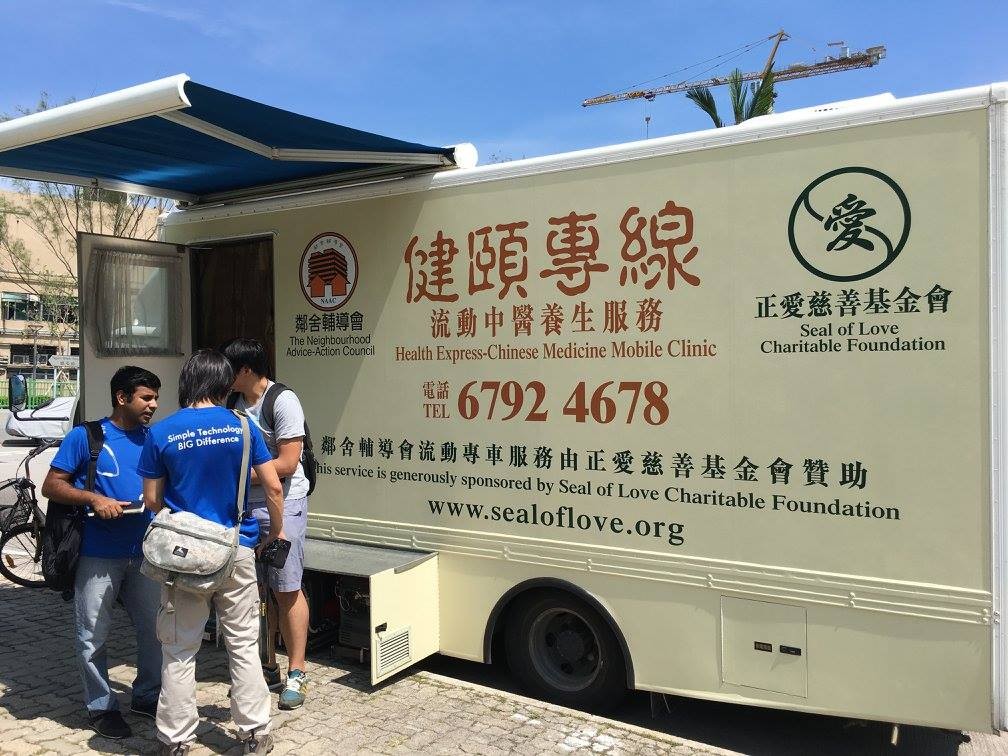
Traditional Chinese Medicine is not aimed at treating symptoms. The goal is not to manage diseases or even find the root cause of the problem. TCM’s main goal is to restore balance to an individual’s inner and outer environment. The philosophy regarding disease and discomfort are that they stem from imbalances within one’s body and mind, or from an imbalance with one’s outer environment. Healing occurs by restoring balance to an individual’s physical, mental and emotional body.
Traditional Chinese Medicine looks at the body and the universe as one entity. One influences the other and vice versa. They are interdependent, relying and affecting each other, and therefore both have to be considered when addressing issues of health. Just as the outer world influences our inner state, our inner state is reflected in our outer appearance. It is a continuum. Ultimately both of these offer clues to what issues have presented and what would be the best approach to facilitate healing.
Witnessing how readily available Traditional Chinese Medicine is on the streets and in the public hospitals in China, as well as how often people choose to use it to support their health, brought forth the questions of how did TCM begin, how has it stood the test of time for more than 4000 years and what are the key concepts within this ancient healing system? Traditional Chinese Medicine has several key theories and principles but the underlying theme throughout is that, “the organism, or the patient, is viewed as an organic whole in perpetual motion. Moreover, the human body is regarded as interconnected with its surrounding environment, expanding to the rest of the cosmos” (Gongwang 6).
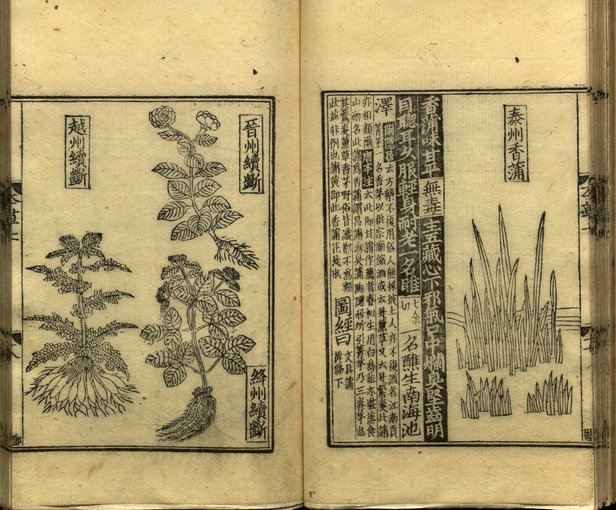
The study of herbs and their uses within TCM began as most traditional healing systems started, with the need for early humans to understand their environment and with the need to adapt and survive. The first compilation of herbs and their uses, in written form, dates back to 200 BC. This book titled Shen Nong Pen Tsao listed and categorised 356 herbs in a rather complex manner. Around 250 years later the first Chinese medical school was created and a more formal approach to learning and teaching Chinese medicine began (Tierra 5-7). Chinese philosophy was a major contributor to Traditional Chinese Medicine. In addition, outer influences like Buddhism, Taoism and Western Medicine also contributed to making Traditional Chinese Medicine what it is today. While TCM has adapted and evolved, a few key elements always remain in place. The theory of Yin/Yang, Qi, the correlation of our emotions and our organs and the therapeutic methods of healing continue to remain central to what Chinese Medicine is and how it promotes healing.
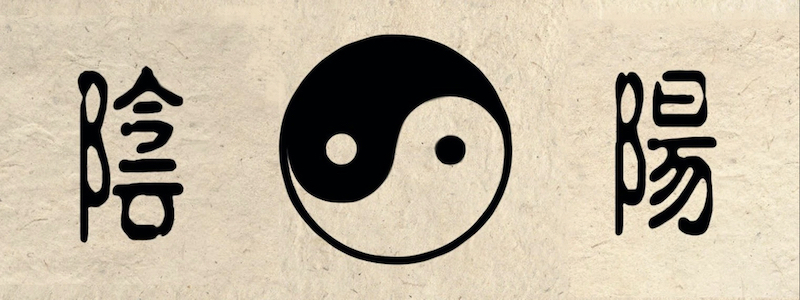
Yin Yang is a key concept of TCM. Yin and Yang are two opposing forces that are also a continuum of each other. As one increases the other decreases. If there is too much of one, the other begins to present. The energy of yin and yang are applied to all things. Yin is the more passive energy while yang is more active. These ideas relate to the body’s present state of being, to symptoms, to each organ, to the time of day and the time of year. Yin energy is cold, downward flowing, dark and internal while yang is energetic, external hot, upward moving and light. These concepts also relate to plants and herbs. What climate a particular plant grows in, the time of year and what time of day it is harvested all contribute to the yin/yang constitution of that particular plant as well as how it will influence the particular person who is using. This is one example of the interconnectedness of humans with our external world and how we are a microcosm of the larger universe.
Qi is another concept that is central to Traditional Chinese Medicine. It is the life force and the energy of all things, both internally and externally. Within TCM, Qi has two meanings. It is the substances that make up the human body, especially blood and fluids as well as the functioning of bodily organs and tissues (Gongwang 36). Qi moves in various directions and when there is stagnation or an imbalance in the movement of Qi pathological changes can occur. The cessation of Qi ultimately leads to death.
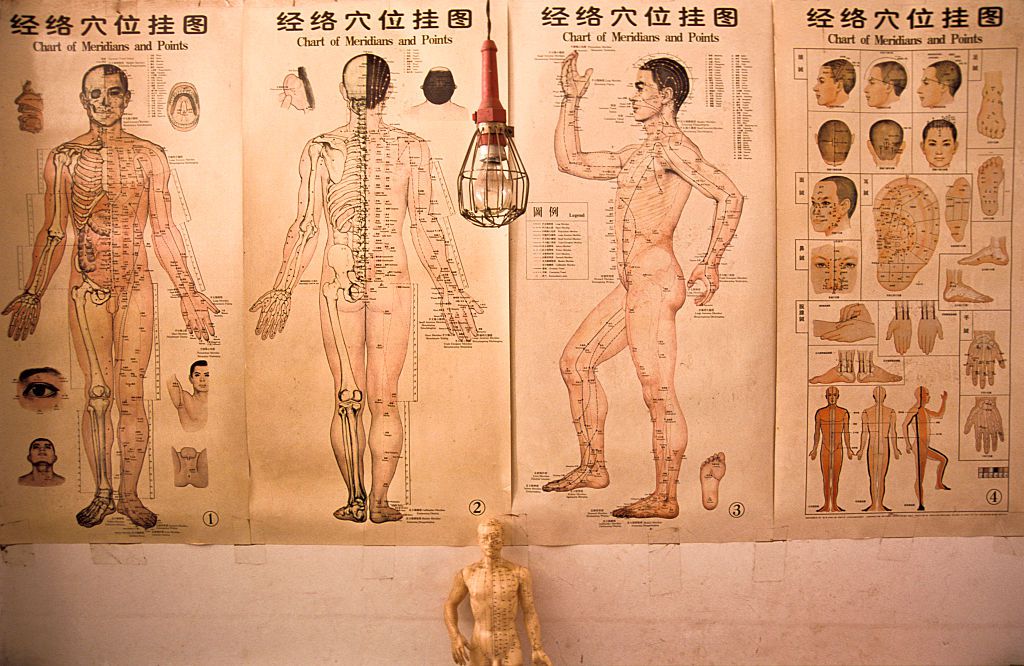
Traditional Chinese Medicine utilises specific therapeutic methods of healing. There are eight therapeutic methods of herbal treatments and they include sweating, vomiting, purgation, harmonising, warming, cooling, tonification and reducing. Herbs are used to induce these various methods of healing. Sweating is used for symptoms of chills, fever and aches; vomiting is least often used but is important for food or drug poisoning; purgation supports intestinal motility and elimination through the colon; warming is used to strengthen yang and reduce yin while cooling is used to reduce yang conditions; tonification is used when there are nutritional deficiencies; reducing is used when stagnation of Qi is present. The eight therapeutic methods are another means in which TCM works to harmonise and restore balance.
A main difference between TCM and Western Medicine is the idea that our emotions directly impact our health. While Western Medicine recognises the impact stress has on our physiology and also its’ role in disease development, it does not address emotions when treating ailments and disease. TCM lists seven emotions and each emotion corresponds to a specific organ and “when an organ is out of balance, there may be a noticeable imbalance in its corresponding emotion” (Tierra, 184). Michael Tierra explains further that when emotions are out of balance stagnation is the result. But the emotion that is causing the disharmony can be altered into a positive virtue. Altering a negative emotion is often necessary to creating a state of balance within the patient. Early Traditional Chinese Medicine physicians felt the the responsibility was that of a doctor to helping their patients transform their emotions.
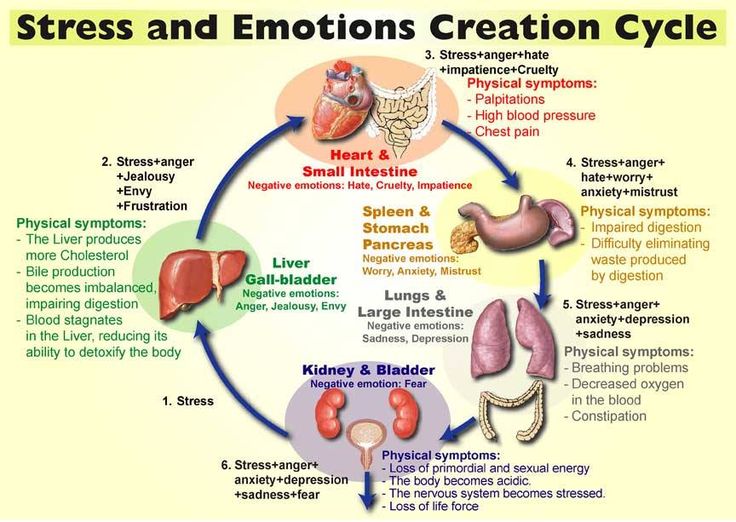
Joy, anger, sadness, pensiveness, grief, fear and fright are the emotions that TCM doctors relate directly to an individuals organs and imbalances. Examples of imbalances within emotions include: disharmony within one’s liver causes anger and frustration but can be altered into forgiveness and respect. Over excitement and the need for over achieving affect one’s heart but learning compassion and self care can restore balance (Tierra 112). Learning to recognise unhealthy emotions and finding ways to alter those feelings removes the blockages that are impacting one’s health status.
Michael and Lesley Tierra explain that along with addressing emotions, using food as medicine is another significant aspect of the Traditional Chinese Medicine approach. Foods have energetic and healing properties and are classified as neutral, cool, cold, warm and hot according to their yin and yang constitutions. In addition to yin and yang, foods are further classified as full or empty and both are considerations when recommending a balanced diet to a patient (315-317). A balanced diet in TCM is based on the patient’s individual needs rather than a set recommendation that applies to everyone. These needs are constantly changing with the seasons, that person’s lifestyle, where they are within their own life cycle and and their ever changing physiology and mental state.
Traditional Chinese Medicine utilises many herbs that support woman throughout their lives. Common issues that women experience during their lives are often related to hormones, hormonal imbalances, issues around the menstrual cycle and menopause. Traditional Chinese Medicine has many herbs that help support the reproductive system, nourishes the blood and corrects imbalances that can contribute to symptoms of irregular and painful menstrual cycles, menopause and fertility. Some Chinese herbs that are helpful for female complaints include dong quai, gelatine, longan berries and peony root also known as shao-yao.
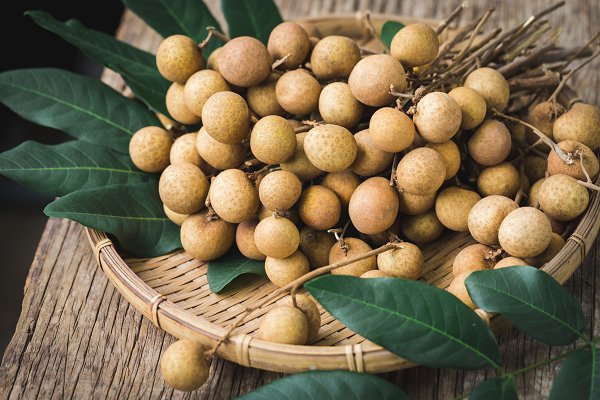
Dong quai is a blood purifier and uterine tonic. Dong quai “is used for the treatment of almost every female gynaecological ailment” (Tierra 225). This herb is used both for treating the symptoms of menopause and menstrual cramps. Gelatine is an example of a food being used for it’s medicinal properties. “It is particularly useful for women as a blood tonic…and is excellent combined with dong quai and a small amount of ginger.” (Tierra 228). In many circumstances herbs are cooked into soups or meals. This combines the healing properties of foods with the healing properties of herbs and makes them into a form in which the body can digest and assimilate.
Another common issue that TCM addresses by strengthening the body is fertility and reproductive health. Logan berries are a common fruit in Asia. They grow easily on trees and are readily available. “Longan berries are used to strengthen the reproductive organs of women. They also help counteract anemia” (Tierra 232). Peony root is another TCM herb used for the treatment of anemia. Furthermore, “Peony is very useful in treating all female complaints, especially menstrual irregularity and abdominal pains associated with the menstrual cycle” (Tierra 233).
Issues that relate to men’s health which can be addressed through Traditional Chinese Medicine include prostate and fertility issues as well as cardiovascular concerns which of course affect both men and women. “Herbs such as saw palmetto, St.-John’s-wort, nettle, and ginseng are finding their way into healthcare products for men, not as a crisis type of medicine but as preventives” (Gladstar 237). A few of the TCM herbs that Rosemary Gladstar uses in her herbal remedies for men include ginseng, fo-ti, liquorice root and ginger.
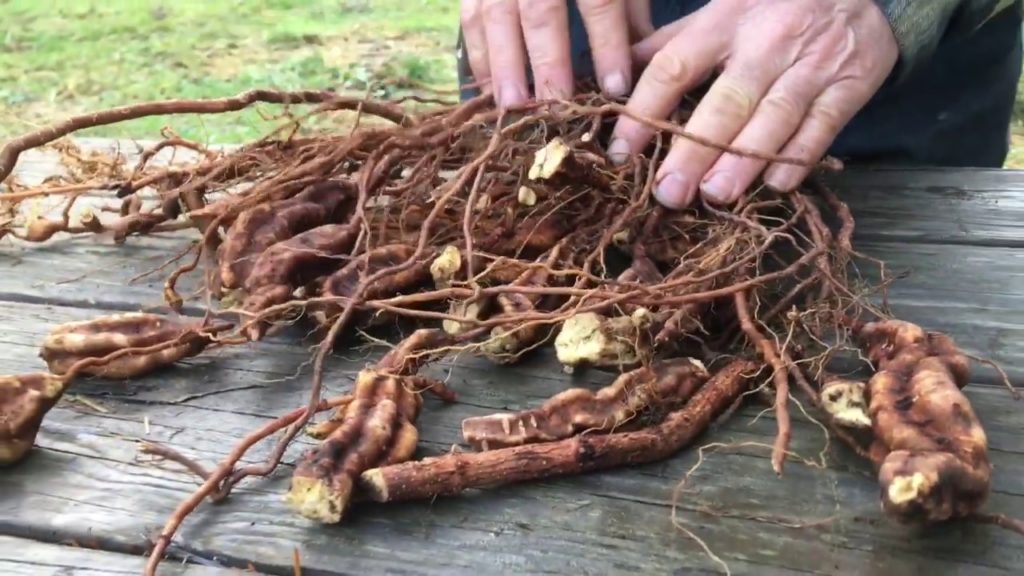
Ginseng is a cardiac tonic and affects the heart and circulation. It stimulates the body and “has a very beneficial effect on the heart and circulation and is used to normalise blood pressure, reduce blood cholesterol and prevent atherosclerosis” (Tierra 229). Fo-ti also known as Ho shou wu, “is a rejuvenating tonic that will restore energy, increase fertility and maintain strength and vigor” (Tierra 230). Licorice is useful for counteracting stress and supporting adrenal function. It is commonly used in herbal preparations and is one of the most important herbs in Chinese medicine and is “known as the ‘Grandfather of Chinese herbs’ and the ‘Great Adjunct’ because it is used in so many formulas to blend and harmonise with other herbs” (Gladstar 346). Ginger is another example of a food that is commonly used as medicine in TCM. It is used “for the reproductive, respiratory, and digestive systems…and…is one of the main ingredients in reproductive tonics for men and women and helps to improve circulation to the pelvis” (Gladstar 334).
Traditional Chinese Medicine is an ancient healing modality that is still widely used. It is a holistic approach to health that looks both at the inner and outer environment of the individual. The individual is regarded as a part of the larger world and not separate from it. A person’s lifestyle, diet, mental and emotional state are all considered factors which influence one’s health and all are addressed through the Tradition Chinese Medicine approach. The flow of energy, lack of movement of energy and the yin yang properties of a person’s illness are other considerations used when devising a treatment plan. Herbs and food therapy are often essential when working with patients and the combination of these theories and methods of treatment make TCM the effective healing system that it is.
References
Gladstar, R. (2008). Herbal Recipes for Vibrant Health. Massachusetts: Storey Publishing.
Tierra, M. (1998). The Way of Herbs. New York: Pocket Books.
Tierra, Michael and Tierra, Lesley. (1998). Chinese Traditional Herbal Medicine. Vol 1 Diagnosis and Treatment. Wisconsin: Lotus Press.
Gongwang, Liu., Hyodo, Akira, eds. Fundamentals of Acupuncture & Moxibustion. Huaxia Publishing House